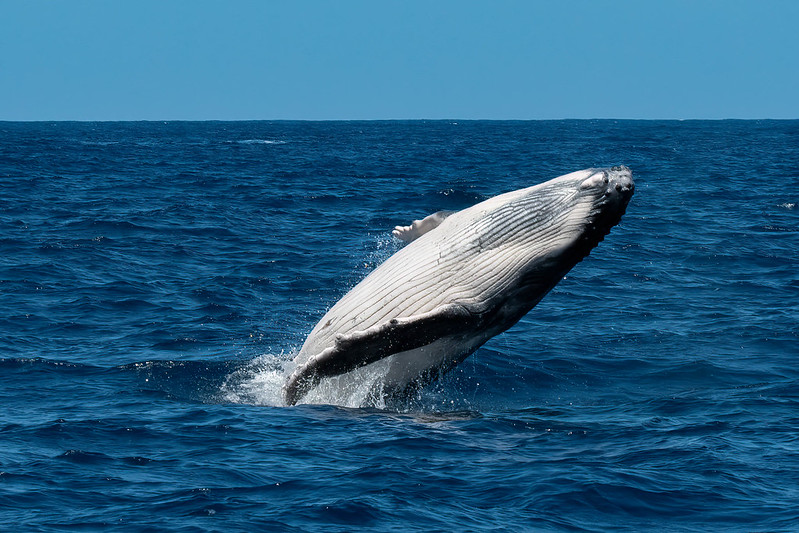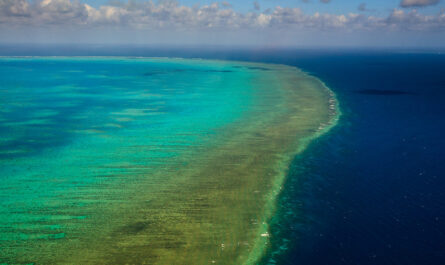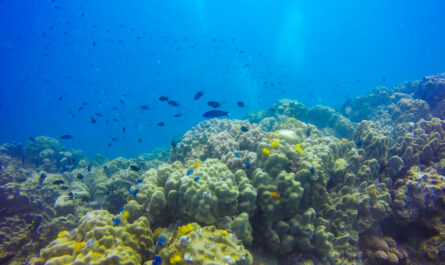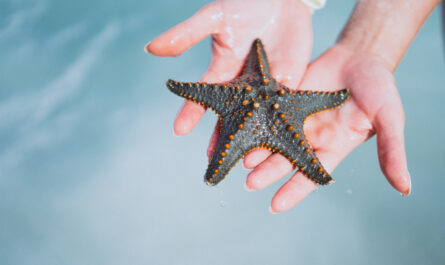Humpback whales, majestic creatures of the ocean, are among the most iconic and studied marine mammals. Known for their massive size, acrobatic displays, and hauntingly beautiful songs, these whales are vital components of marine ecosystems. In the vast expanse of the Pacific Ocean, humpback whales embark on some of the longest migration journeys of any mammal, spanning thousands of miles annually. These migrations are not just a natural wonder but a critical part of their lifecycle.
In this article, we’ll delve into the fascinating world of humpback whales in the Pacific, exploring their biology, migration patterns, cultural significance, conservation challenges, and the global efforts to protect these gentle giants.
1. Understanding Humpback Whales: Biology and Behavior
Physical Characteristics
Humpback whales (Megaptera novaeangliae) are baleen whales distinguished by their size and unique features:
- Size and Weight: Adults measure 40-60 feet in length and weigh up to 40 tons.
- Distinctive Fins: Their long pectoral fins, reaching up to one-third of their body length, are unmatched in the animal kingdom.
- Tail Flukes: The underside of their tail flukes is uniquely patterned, allowing scientists to identify individuals.
Unique Behaviors
- Breaching: Humpbacks leap out of the water, twisting mid-air before splashing back down. This behavior is thought to communicate dominance or dislodge parasites.
- Bubble Net Feeding: A collaborative feeding technique where whales blow bubbles to encircle prey, forcing them into a concentrated area.
- Singing: Male humpbacks are famous for their complex and melodic songs, which can last for up to 30 minutes and travel great distances underwater.
Social Structure
Humpbacks are generally solitary but often form temporary groups, especially during migrations and feeding. Mothers and calves share a particularly strong bond, with calves staying close for the first year.
2. Migration Patterns: Epic Journeys Across the Pacific
Humpback whales migrate annually between their feeding grounds in polar regions and breeding grounds in tropical waters.
Feeding Grounds
- North Pacific: Whales feed in nutrient-rich waters around Alaska, the Gulf of Alaska, and the Bering Sea.
- South Pacific: Antarctic waters near New Zealand and Chile provide ample krill and small fish, vital for building fat reserves.
Breeding and Calving Grounds
- Hawaii: A prime breeding ground, particularly around Maui, where warm, shallow waters offer safety for mothers and calves.
- Mexico: Baja California is known for its tranquil lagoons, perfect for calving and early calf development.
- South Pacific Islands: Tonga and Fiji serve as important breeding areas, culturally and biologically significant.
Migration Routes
Humpbacks undertake some of the longest migrations of any mammal, traveling up to 10,000 miles annually. Their routes often follow coastlines and are influenced by ocean currents and prey availability.
3. Role in Marine Ecosystems
Humpback whales are integral to ocean health:
- Nutrient Cycling: Whale feces act as “fertilizer” for phytoplankton, which form the base of the marine food chain.
- Prey Population Regulation: By consuming krill and small fish, humpbacks help maintain ecological balance.
Their presence also attracts marine predators, adding to biodiversity hotspots.
4. Conservation Challenges
Commercial Whaling Legacy
From the 17th to 20th centuries, humpbacks were hunted extensively for their oil, meat, and baleen. Their populations plummeted, with some regions losing up to 90% of their whales.
Climate Change
- Ocean Warming: Warmer waters reduce prey availability, forcing whales to adapt their feeding behaviors.
- Changing Currents: Shifts in ocean currents disrupt migration and feeding patterns.
- Melting Ice: Loss of polar ice impacts krill populations, a primary food source.
Human Activities
- Fishing Gear Entanglement: Whales often become trapped in fishing nets, leading to injuries or fatalities.
- Shipping Lanes: Collisions with vessels are a significant cause of mortality.
- Noise Pollution: Underwater noise from industrial activities interferes with whale communication and navigation.
5. Conservation Efforts Across the Pacific
International Protections
The International Whaling Commission (IWC) banned commercial whaling in 1986, providing humpbacks with vital protection. However, challenges like illegal whaling persist.
Marine Protected Areas
- Hawaiian Islands Humpback Whale National Marine Sanctuary: Protects breeding grounds and ensures minimal human impact.
- Great Barrier Reef Marine Park: A critical migration corridor for South Pacific humpbacks.
Community-Based Conservation
In regions like Tonga and Alaska, local communities are actively involved in conservation efforts through eco-tourism and sustainable fishing practices.
6. Cultural Significance of Humpback Whales
Indigenous Traditions
Humpbacks hold spiritual significance in many Pacific cultures:
- Hawaii: Whales are revered as aumakua (ancestral spirits).
- Tonga: Songs and oral histories often feature whales as central figures, symbolizing strength and unity.
Eco-Tourism
Whale-watching generates significant revenue for Pacific economies while fostering awareness about marine conservation.
7. Research and Citizen Science
Acoustic Studies
Humpback songs are studied to understand communication, mating behaviors, and regional dialects.
Photo Identification
Fluke patterns allow researchers to track individual whales, aiding population studies.
Satellite Tagging
Tags reveal migration routes, feeding behaviors, and breeding ground dynamics.
8. Success Stories
Population Recovery
Since the 1986 moratorium, humpback populations in the Pacific have shown significant recovery. The North Pacific population, for example, has rebounded to over 20,000 individuals.
Entanglement Response Teams
Rapid-response initiatives have successfully freed entangled whales, saving lives and raising public awareness.
9. Whale Watching: Experiencing the Majesty of Humpbacks
Best Locations
- Hawaii: Winter months offer incredible opportunities to see breaching whales.
- Alaska: Summer feeding frenzies provide spectacular views of bubble net feeding.
- Tonga: Visitors can swim with humpbacks during their breeding season.
Eco-Tourism Tips
- Choose licensed operators who prioritize whale safety.
- Maintain a respectful distance to avoid stressing the animals.
10. Future Directions in Conservation
Technological Advancements
Innovations like drones and AI-driven data analysis are revolutionizing whale research, providing more accurate insights into their behavior and habitats.
Climate Adaptation Strategies
Efforts to mitigate climate impacts include habitat protection and international collaboration.
Conclusion: Guardians of the Pacific
Humpback whales are more than oceanic wonders; they are vital stewards of marine ecosystems. Their journeys connect continents, their songs inspire awe, and their survival is a testament to human responsibility in conservation. Protecting these gentle giants ensures a thriving ocean for generations to come.



